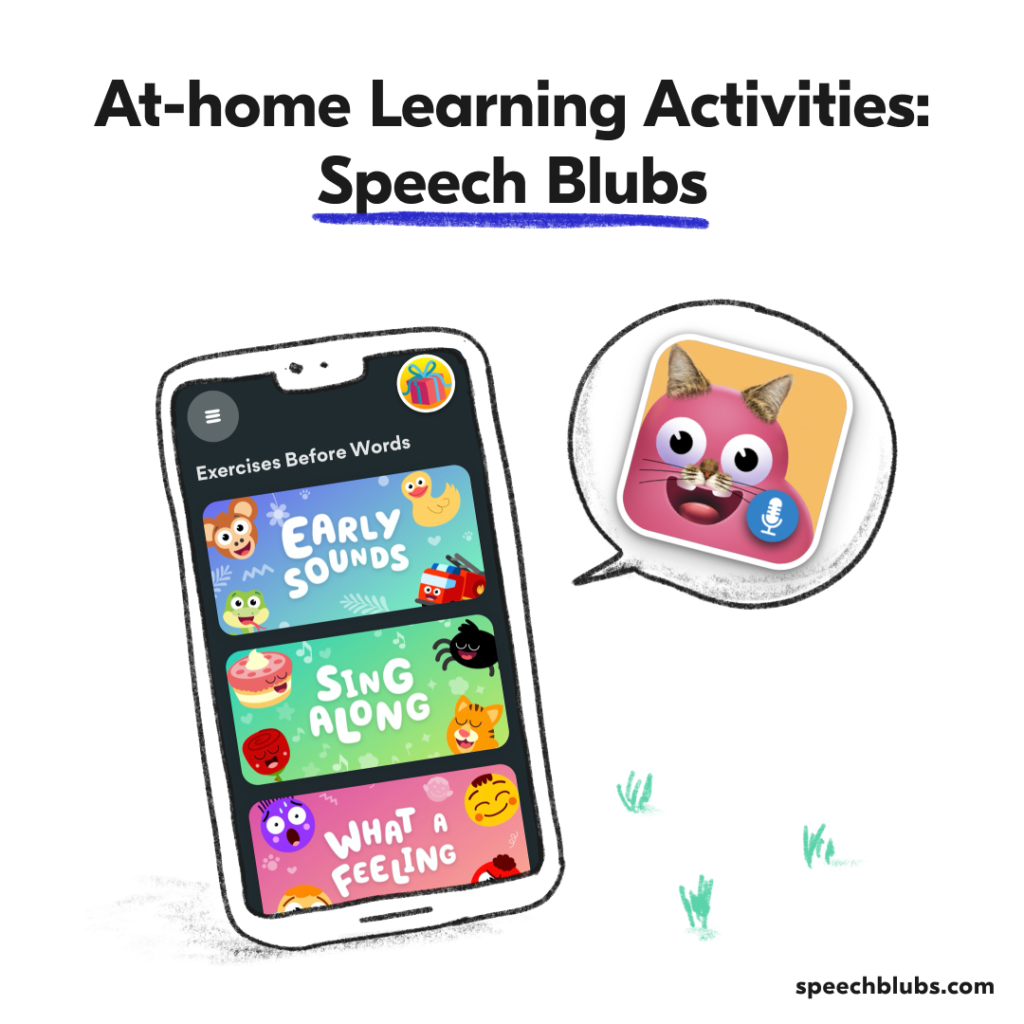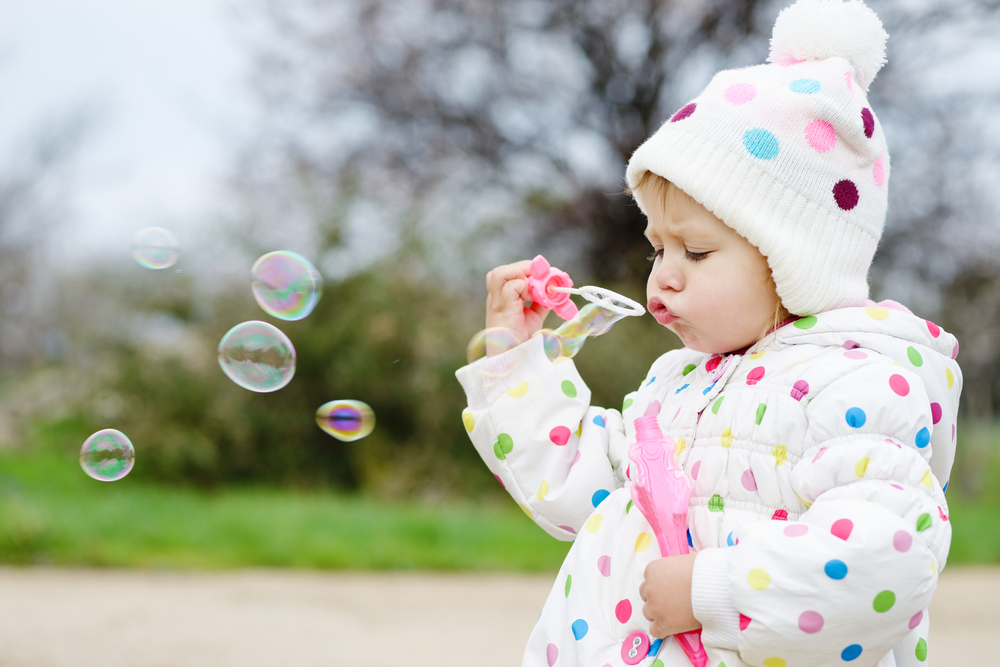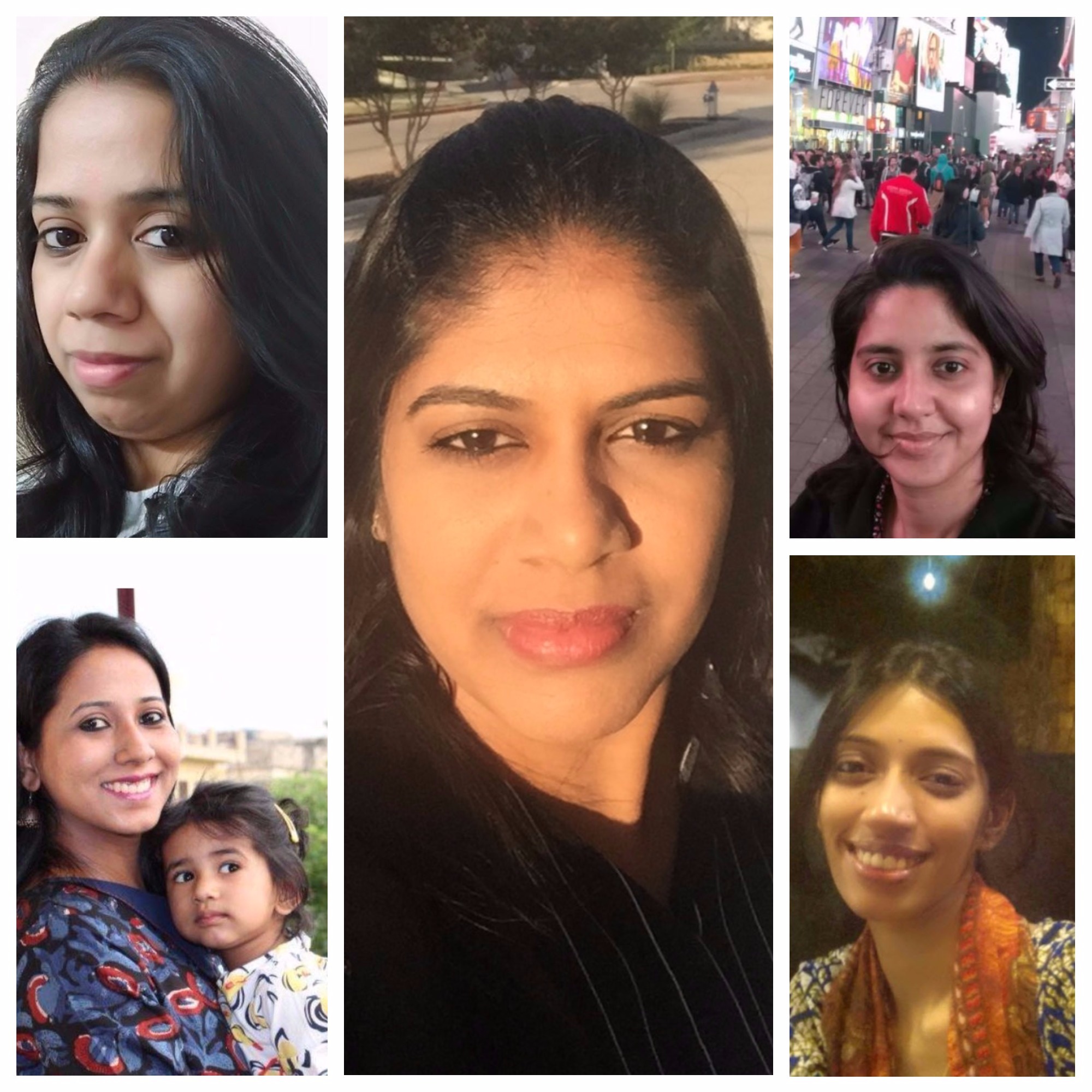
Now our children are turning two. The play, language, cognitive, and physical skills will have developed massively over the last year and they will now be much more independent with learning and play. Age 24 to 36 months is a real key time for language learning.
The range of “typical” is huge and some children will turn two with only a few words where someone will be speaking in encyclopedias.
If you’re running out of ideas of how to engage your little one, look no further. Here are some activities that will help children with all ranges of language to get playing, get talking, and get interacting with those around them. It outlines some activities that you can have a go at and also how you can support language alongside. Remember that play is one of the biggest vehicles for language learning and a little bit every day can go a long way. Take five minutes a day to try some of these activities out with your terrific two-year-old and get talking.
Play dress up
This is a great activity as everybody has some kind of clothes in the house. It doesn’t need to be fancy dress costumes from the shops, just pull out some hats, scarves, gloves, big jumpers, odd socks, and any handbags stashed at the bottom of the wardrobe. You can talk about the clothes, their name, the color, their size, and where they go on our body. You can play different characters, dressing up as an old lady, putting a hat on, and pretending to be a fireman or a clown from the circus. Don’t be afraid to dress up yourself as children love for adults to get involved and show them how.
Drawing
Two-year-olds often find a new interest in mark making, coloring, and drawing. Using any tools you have around your home e.g. pencils, crayons, paint, chalk, and even fun things like food can be used for mark making. Try different ways of using the items e.g. drawing with your hands, painting with your feet, rolling chokes with your arms. Talk about the colors, the shapes, and what you are drawing, Play with textures like rubbings on trees, introduce stickers and flowers to add to your drawings. The possibilities are endless and only require a little space and time. If you struggle to engage your child with mark making always remember that many tablets and phones have options for doing digital drawing where you can make pictures and use different colors on the screen.
Play educational mobile games
Kids at two can start enjoying some screen time. The key here is to provide educational content, be present when they use your phone, avoid passive screen time, and limit the time they spend on the screen to 10 minutes a day. A fun way to work on speech and language milestones is using speech apps like Speech Blubs. It is an engaging app that motivates toddlers to produce sounds, words, and first sentences (expanding their vocabulary), but it also works on their articulation skills through fun interactive videos.
Hide and seek
Now they are two your child suddenly has the ability to engage in new and exciting games like “hide and seek”. This can either be hiding yourselves around the house or even picking favorite toys to hide in the garden and finding them together. Remember you can narrate the play by modeling associated language e.g. under the chair, on top of the bookcase, behind the tree. Remember although they are two, they still need simple and straightforward language especially when talking about positions. “Above”, “below”, “next to”, “behind”, “in front” are all concepts they will now be starting to learn but they can be tricky to understand to start off with. Make sure you model clearly and repeat the words often so they can learn to use them in their place.
Ball games
Often two-year-olds have a lot of energy and therefore outside and physical games are often a favorite. Balls are fantastic for play. Whether it’s bouncy balls, football, netball, or a ping-pong ball, whatever you have in your home, set up activities where they can throw, catch, roll, and bounce the ball. You could do this as a pair or involve other family members and siblings. This supports turn taking where they are waiting for their go, also teamwork where you’re trying to achieve something together. It also supports the use of cognitive and physical development as they are increasing their spatial awareness, hand eye coordination, and balance. In terms of language, this can be easily supported by narrating what you’re doing e.g. throw, catch, bounce. Again remember at two there is a wide range of language development that we would see as “normal”. Some children will still benefit from using mainly single and keyword phrases to generate the play, whereas some children may be ready for using short sentences and phrases e.g. “Mummy catching the ball”, “Daddy throwing the football”. Try to match your language to the language of your child e.g. if your child uses single words continue to use single words yourself, if your child uses sentences, use sentences yourself.
Conversation
Two-year-olds suddenly find they have all these new and exciting words and therefore often want to start learning how to engage in conversation. Have silly conversations throughout the day like in the car, walking home, and before bed. These can be things like:
- “What’s your favorite color?”
- “What is your favorite animal?”
- “What noise does a dog make?”
- “What would you like for a snack later?”

Having small conversations using simple questions about basic ideas allows your child to start practicing their conversational skills, asking and answering questions, and using language as a functional tool. As outlined previously above, depending on your child’s level of language will depend on how complex these conversations can be. Try and pitch the conversation to the level of your child’s language.
About the author
El Robertson is a Community Paediatric Specialist Speech and Language Therapist. She works in schools and clinics in Hertfordshire, UK, with a range of parents, children, and education professionals to support children’s speech and language and increase their functional communication skills. She joined Speech Blubs to help them develop better content for children and write educational articles for the Speech Blubs Blog.


One Response to Language Development Activities for Your Two-Year-Old